 In this Weekend Walkabout, we keep it simple but definitely not local.
In this Weekend Walkabout, we keep it simple but definitely not local.
But first a programming note: as many of you know, I recently updated this blog to the current version (4.0, now 4.0.1) of WordPress. Since that time, I’ve been playing around with the features of this release and decided to turn on the “Subscriber” option, thinking that might be a good way to let people more easily follow my posts. It turns out to be far more trouble than it’s worth (if it’s worth anything at all). I’ve had hundreds and hundreds of “users” subscribe – but they turn out to be either not users at all (they don’t answer any confirming emails I’ve sent them) or users who are unhappy with this and who have emailed me to let me know they were now getting unsolicited emails. There are some other issues I’ve found, but the long and short of it is that I have decided to turn this feature off and delete all of the email addresses that had been signed up as a Subscriber. So, if you were adversely affected by this, I sincerely apologize…
And now to this weekend’s musings. I have only one item for you, but it is MOST awesome. This is a new short film by Erik Wernquist entitled WANDERERS. It’s a paean to exploring the solar system and is accompanied by the voice of Carl Sagan. The images in it all exist or could exist. And yes, there is a space elevator in it (albeit on Mars) about 1 minute, 20 seconds into the video.
From the description:
Wanderers is a vision of humanity’s expansion into the Solar System, based on scientific ideas and concepts of what our future in space might look like, if it ever happens. The locations depicted in the film are digital recreations of actual places in the Solar System, built from real photos and map data where available. Without any apparent story, other than what you may fill in by yourself, the idea with the film is primarily to show a glimpse of the fantastic and beautiful nature that surrounds us on our neighboring worlds – and above all, how it might appear to us if we were there.
It’s in HD with great sound, so go full-screen, crank up your speakers and enjoy.
The website also contains a Gallery of photo-realistic images, including several of the aforementioned Martian Space Elevator. These are also high-resolution images and the following is now my Desktop Background:
Truly worth the visit – enjoy!
(30NOV2014 Update – Gizmodo has a most excellent review of the video here)

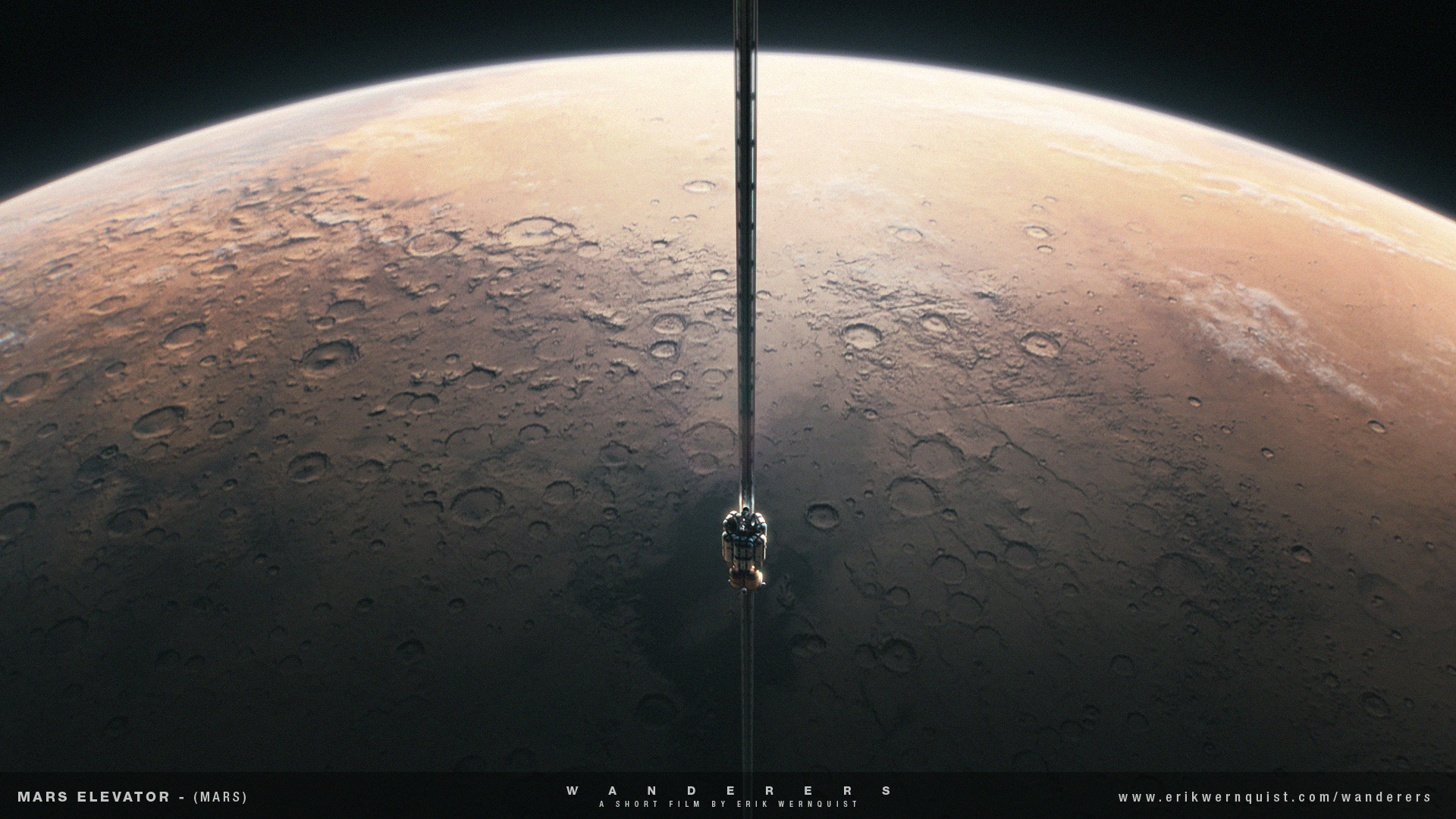
 This is cool… Reader Chris Hibbert has pointed me to a
This is cool… Reader Chris Hibbert has pointed me to a 
 Each year, the
Each year, the 


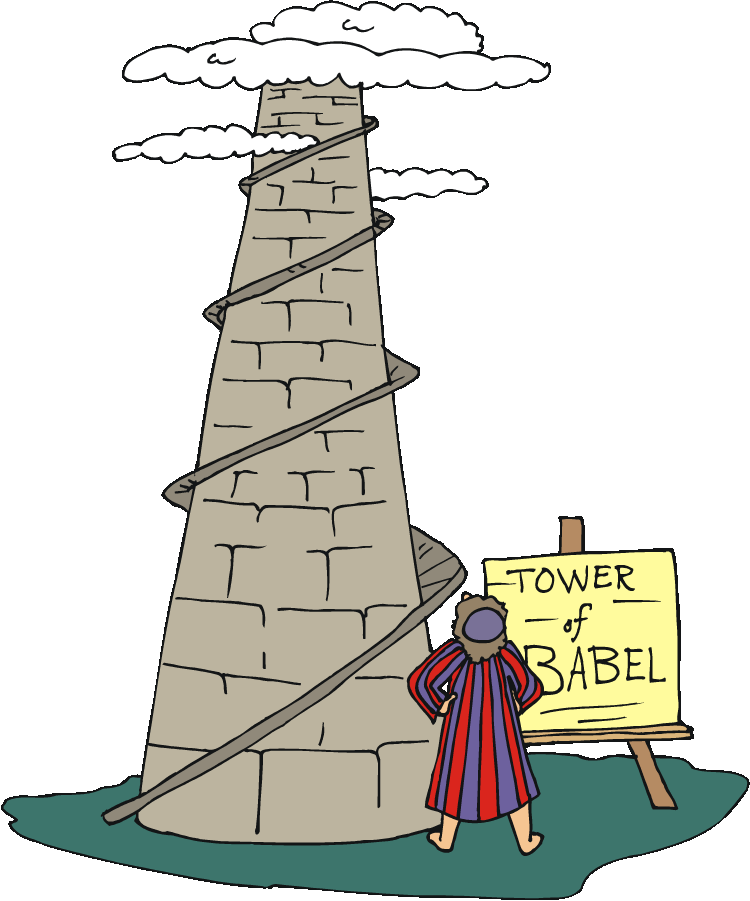 Many years ago, I started a Translation Project for this site. My idea was to find all of the translations for the English/American term “space elevator” and publish them here on this blog.
Many years ago, I started a Translation Project for this site. My idea was to find all of the translations for the English/American term “space elevator” and publish them here on this blog. Over the years, I have come across several sites around the web which host questions and answers regarding the space elevator. Many of these appear to be essentially fact-free and not worth the time visiting.
Over the years, I have come across several sites around the web which host questions and answers regarding the space elevator. Many of these appear to be essentially fact-free and not worth the time visiting.
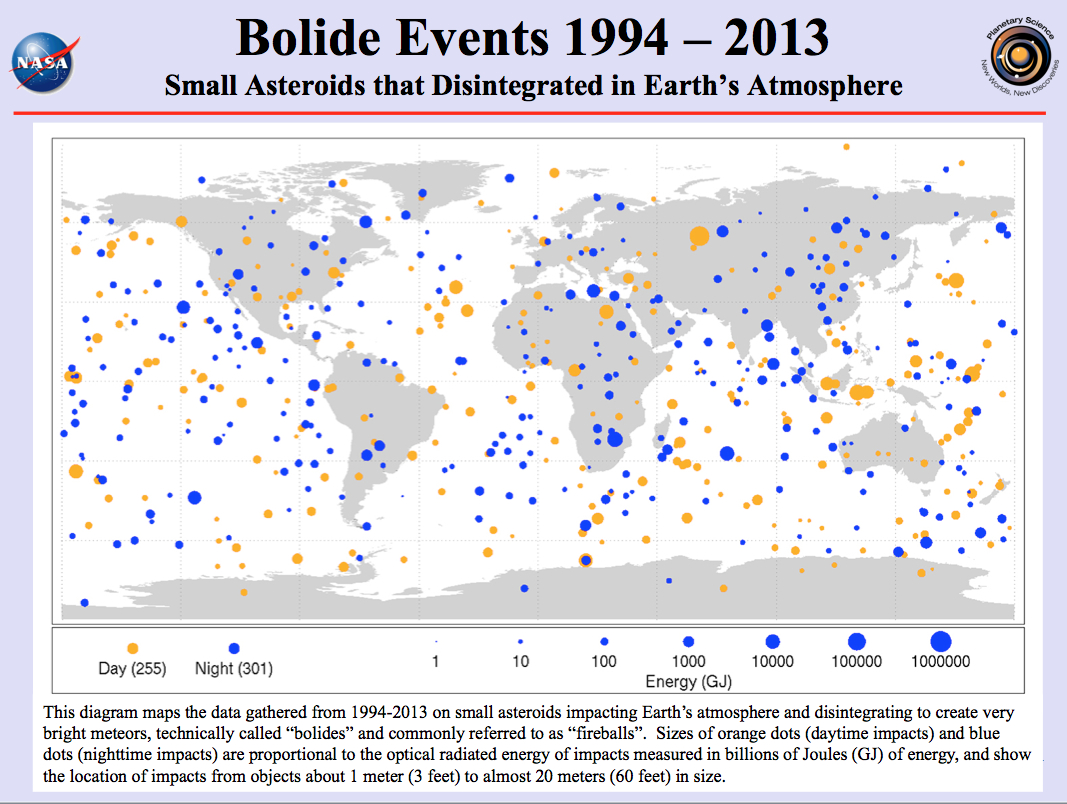
 According to
According to 
 Mini-Workshops were held at both the 2013 and 2014 ISEC Space Elevator Conferences. These Workshops, conducted by a subject expert, delved more deeply into individual topics relating to the Space Elevator. Summaries of many of these Workshops are now available here on the
Mini-Workshops were held at both the 2013 and 2014 ISEC Space Elevator Conferences. These Workshops, conducted by a subject expert, delved more deeply into individual topics relating to the Space Elevator. Summaries of many of these Workshops are now available here on the  ISEC has announced the
ISEC has announced the 
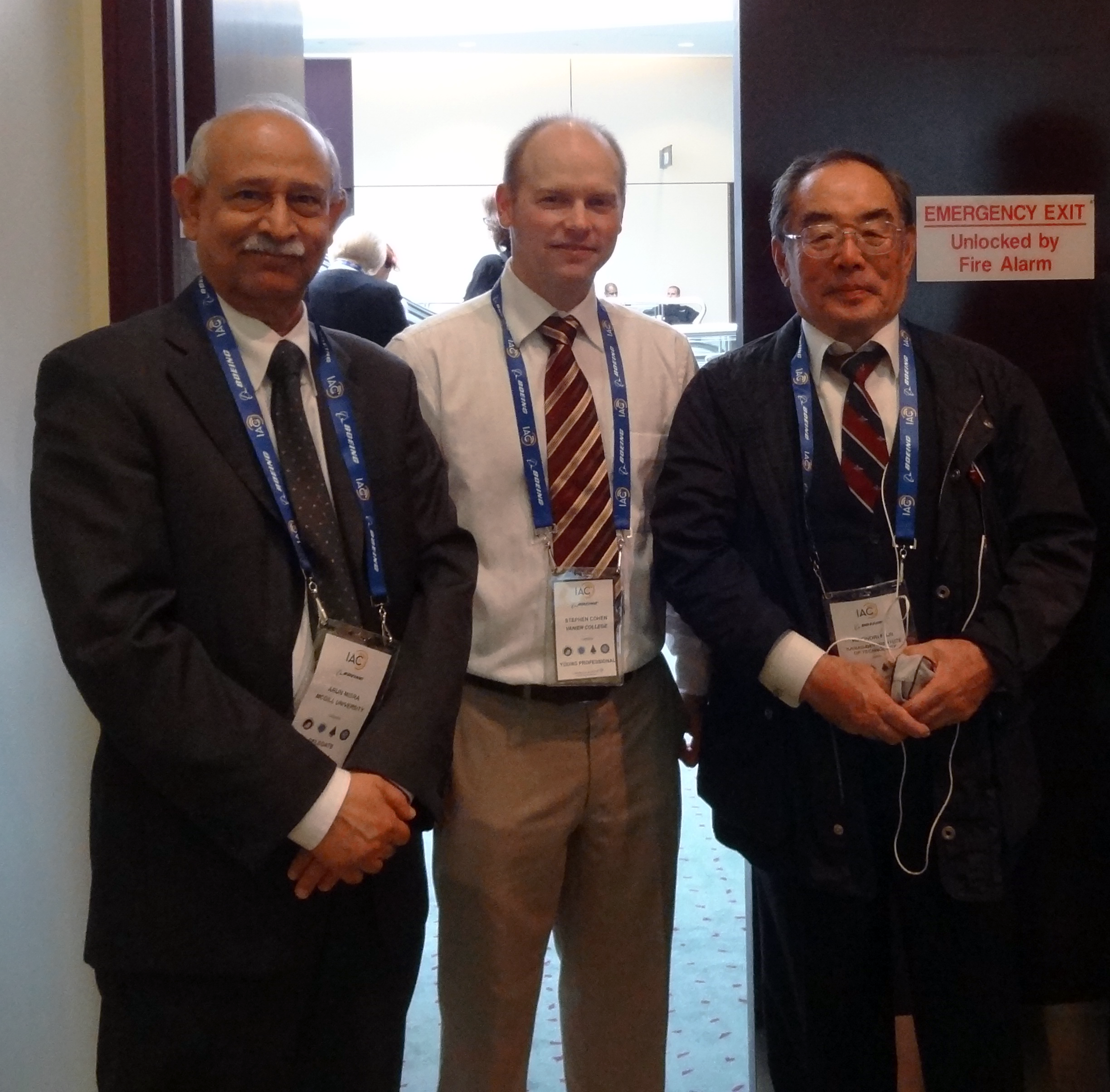
 I started this blog in April of 2006. At that time, blogging was still fairly new and pretty much state-of-the-art in terms of private individuals being able to opine about a topic on the Internet.
I started this blog in April of 2006. At that time, blogging was still fairly new and pretty much state-of-the-art in terms of private individuals being able to opine about a topic on the Internet. I probably should have done this long ago, but I confess I’m a bit of a dinosaur when it comes to Social Media. But it really is possible to (occasionally) teach an old dog new tricks and I’m happy to oblige.
I probably should have done this long ago, but I confess I’m a bit of a dinosaur when it comes to Social Media. But it really is possible to (occasionally) teach an old dog new tricks and I’m happy to oblige.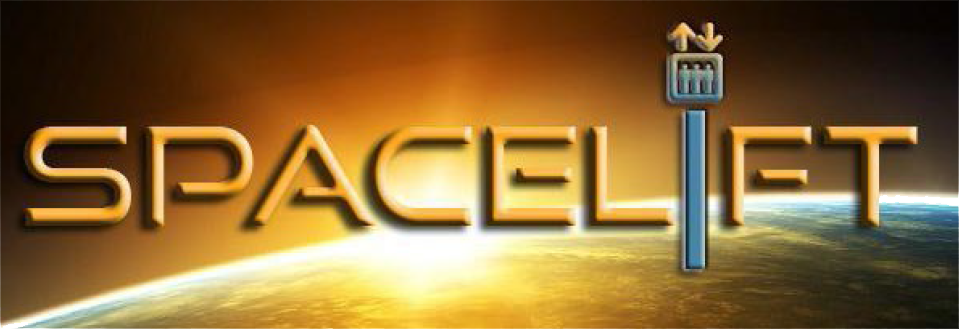
 Wikistrat
Wikistrat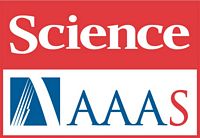 The American Association for the Advancement of Science (AAAS)
The American Association for the Advancement of Science (AAAS) 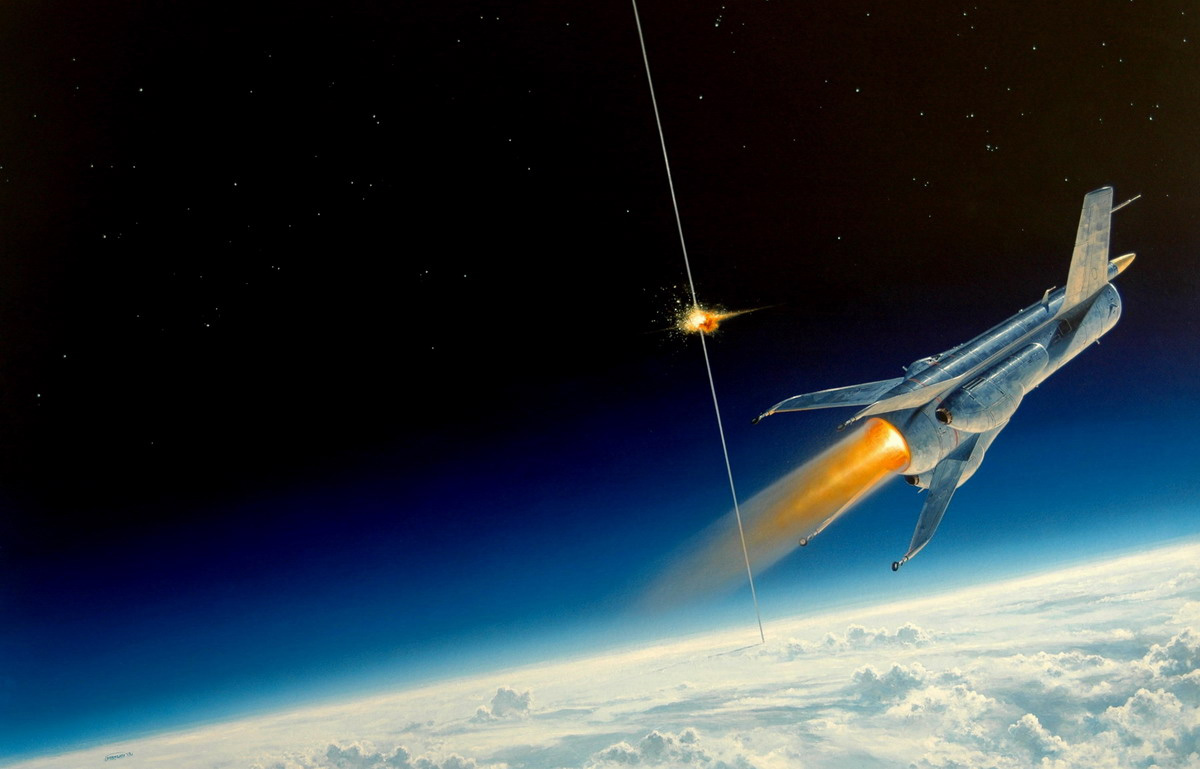
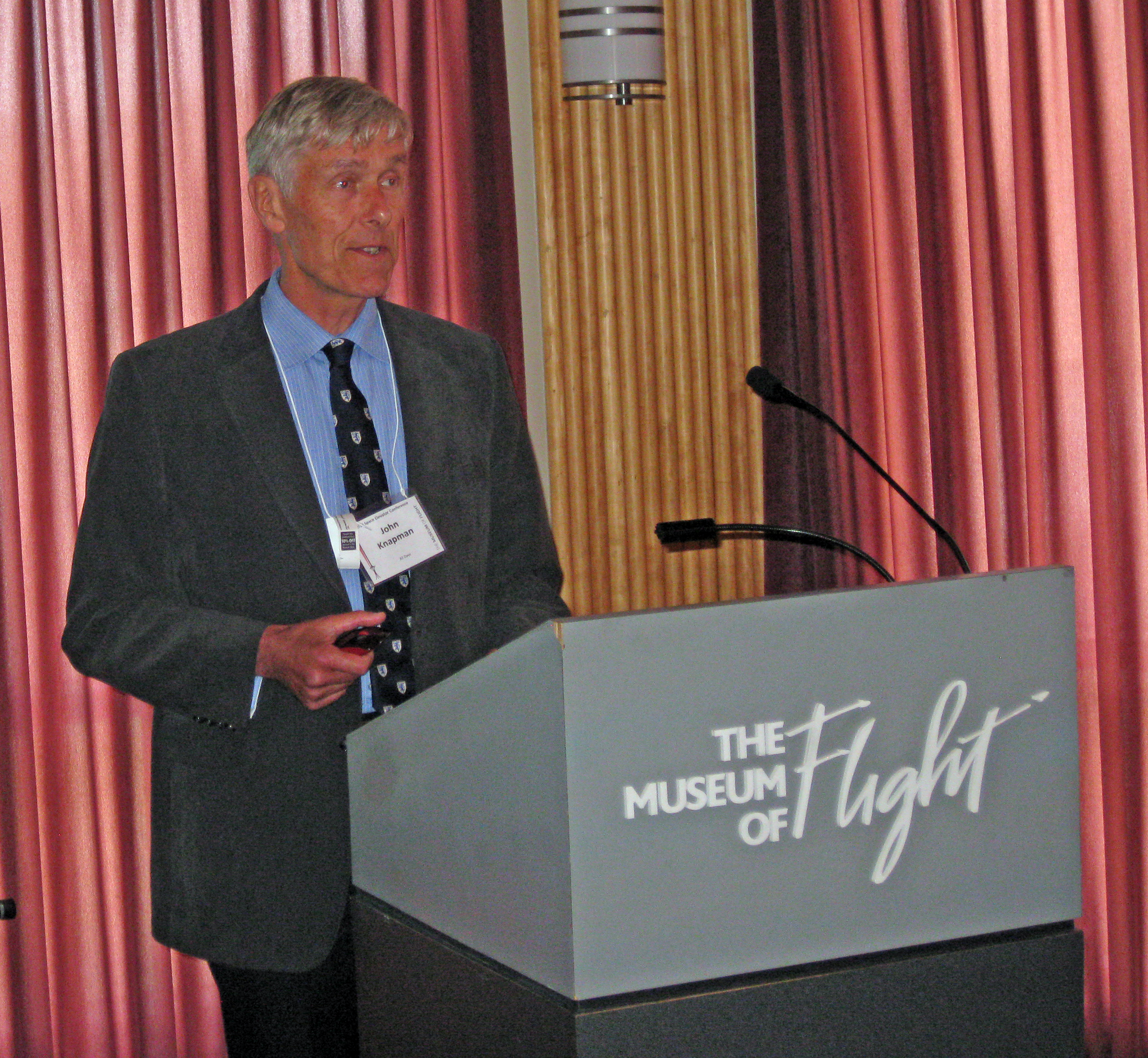
 The October issue of the ISEC eNewsletter has just been released to the ISEC email list. Lots of interesting articles in this edition including a summary of one of the mini-workshops from the 2014 ISEC Space Elevator Conference and a call for help with space elevator simulation tools.
The October issue of the ISEC eNewsletter has just been released to the ISEC email list. Lots of interesting articles in this edition including a summary of one of the mini-workshops from the 2014 ISEC Space Elevator Conference and a call for help with space elevator simulation tools.